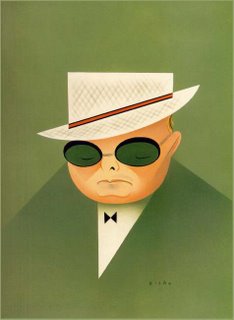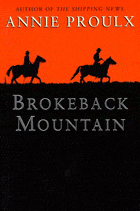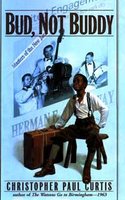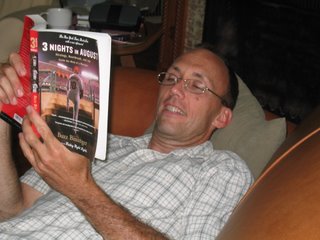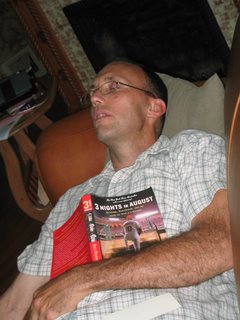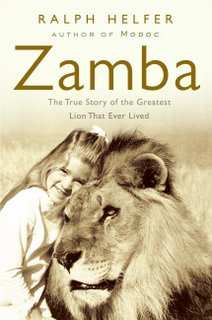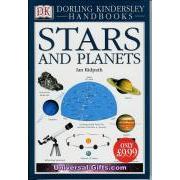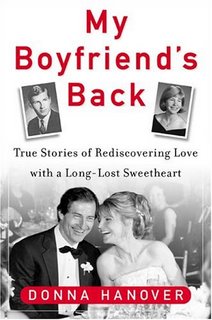Curiosity grabs me when I see an older title on the New York Times bestseller list. I want to find the origin that revives its standing in popular culture. I want to know what is driving thousands of readers to book stores or amazon.com. What compels them to pay paperback prices for something available in their local library’s used book sale bin for 50 cents?
Lately, it has been the utterance, however slight, by daytime talk show goddess, Oprah. It is amazing how Oprah drives book sales, like the mere mention of a childhood favorite, an interview with an unknown author, or book club selection commences cash registers around the world to ring. Come on, you can’t really read You: the Owner’s Manual, but there it is, 31 weeks on the bestseller list, fat ‘n happy with Oprah’s approval.
This was my first thought when I ran across In Cold Blood by Truman Capote on the paperback list. Hovering in the top three slots for 66 weeks, this book must be enjoying a desirable place in Oprah’s book club. Yet untrue, for Oprah’s current selection, Night by Elie Wiesel, is number one on the same list.
Movie tie-ins have the same effect, but to a lesser degree. The logical answer has to be the movie Capote directed by Bennett Miller.
Reading the first chapters of Capote’s In Cold Blood gives one the feel of literature past, an old fashion read, filled with elaborately descriptive characters and settings. This writing propels you to dive in, swim slow stretched laps, and then take refuge on a float, for you truly want to spend all day in the pool.
What makes this book so engrossing? Capote uses a style as old as Methuselah, a tease that makes us read more. Throughout the whole reading experience, we want to know why such a horrific crime occurs. We become Capote, the reporter. We push the questions; we search the clues; and we look at all the angles.
By watching the movie Capote with-in the same period as reading the book, one really gets inside Capote’s head. Capote identifies with Perry Smith, the confessed killer, struggling with a growing friendship he would rather dismiss. Capote said of the relationship:
It's as if Perry and I grew up in the same house. And one day he went out the back door and I went out the front.If you frequently watch cable network’s A & E shows like American Justice, Cold Case Files or City Confidential, you will love this book. It was the first of its kind, a non-fiction novel, which began the hugely successful true-crime genre. In honor of Truman Capote, they should rename the genre “Tru-crime.”
Note: Nymeth of Thing Mean a Lot recently reviewed this in June 2008!


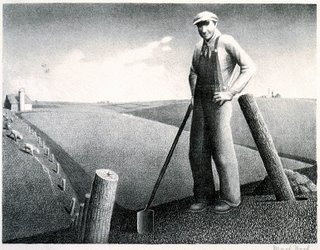

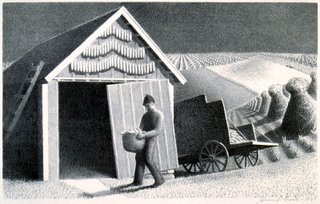
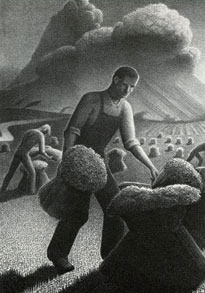 Mr. Clutter had an insurance man over the afternoon before his family was brutally murdered in the late night hours. To this salesaman he made the first and only “payment on a forty-thousand-dollar policy that in the event of death by accidental means, paid double indemnity.” Creepy, huh? Like the print above, hard working Mr. Clutter was preparing for the foreseeable storm.
Mr. Clutter had an insurance man over the afternoon before his family was brutally murdered in the late night hours. To this salesaman he made the first and only “payment on a forty-thousand-dollar policy that in the event of death by accidental means, paid double indemnity.” Creepy, huh? Like the print above, hard working Mr. Clutter was preparing for the foreseeable storm.